Melt and Pour Soap
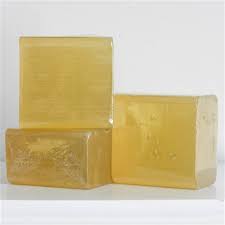 Now I know this site is suppose to be about Cold Process Soap making, but I wanted to touch on Melt and Pour or Glycerin Soap.
Now I know this site is suppose to be about Cold Process Soap making, but I wanted to touch on Melt and Pour or Glycerin Soap.
It bothers me that people buy Melt and Pour soaps thinking they are handmade, get a reaction and then think all handmade soap is bad. They have no idea that what they really bought was a detergent that can not compare to a natural handmade bar of cold process soap.
Some ingredients found in Melt and Pour Soap
Be sure to read your ingredients list on the melt and pour soap should you choose them. Here is an ingredients list on one I came across:
“Propylene Glycol, Sorbitol, Water, Sodium Stearate, Sodium Laureth Sulfate, Sodium Myristate, Sodium Cocoyl Isethionate, Trietanolamine, Glycerin, Titanium Dioxide, Fragrance, Iron Oxide, Polyethylene Terephthalate, Acrylates Copolymer”
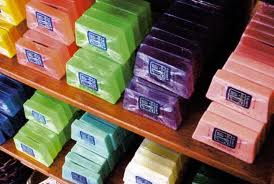 Another website I came across with the word “Natural” in the website name is clearly an example of how marketing and linguistics are used to mislead. Their melt and pour page describes the product as: 100 % odorless, high clarity bases, superior mold release action, non-yellowing, biodegradble, 100% vegetable oils, Highly moisturizing, generous lather and suds, cruelty-free. Not testing
Another website I came across with the word “Natural” in the website name is clearly an example of how marketing and linguistics are used to mislead. Their melt and pour page describes the product as: 100 % odorless, high clarity bases, superior mold release action, non-yellowing, biodegradble, 100% vegetable oils, Highly moisturizing, generous lather and suds, cruelty-free. Not testing
Well that all sounds good doesn’t it? Until I read the actual ingredients:
“Premium Clear: contains coconut oil, sodium cocoate, sodium palmitate, sodium laurate, sodium stearate, glycerin, sodium laureth sulfate, propylene glycol, sucrose, triethanolamine, water”
How Melt and Pour Soap is Made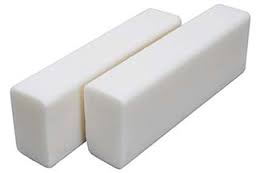
Glycerin and Melt and Pour Soaps are made by melting and continuously heating regular soap that has been partially dissolved in a high-alcohol until the mixture reaches a clear, jelly-like consistency.
If you were to use homemade and handmade soaps that still contained glycerin left over from saponification, the grating, melting and cooking can proceed without the addition of anything into the mixture, though sugar or more melt and pour is sometimes added.
This clear soap can also be produced without remelting soap through directly cooking raw home-made soap.
Although the whole point of glycerin or melt and pour is to avoid the cooking aspect, so most all glycerin or melt and pour soap bases are manufactured.
In industrial soap-making (the store brand), the glycerin is then usually removed to be used in skin creams and more expensive soap products.
Most brands of common bar soap leave the skin dry after washing because of this, while shaving soaps and moisturizers are valued for softening skin, largely through their high content.
Why use melt and pour basis
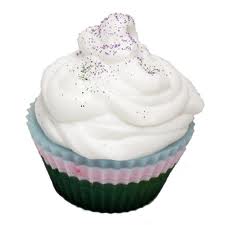 Melt and pour soap is called that because that is exactly what you do, heat it up in the microwave and then pour it into molds.
Melt and pour soap is called that because that is exactly what you do, heat it up in the microwave and then pour it into molds.
Some soap makers prefer glycerin or melt and pour soap because of the process is easy and allows the soap maker to concentrate more on the aesthetic aspects of the soap making. It also avoids the need to handle lye, which needs to be handled carefully.
Something to think about
However, there is some need for clarification on whether buying a glycerin-type soap base, melting it, adding items, and cutting it is truly being a soap maker, who creates soap from scratch with the basic ingredients.
For instance, are you a baker if you buy frozen bread dough then bake it? Or are you a Chocolatier if you buy the chocolate, melt it, add things, then put in a mold? Melt and Pour is already a soap, you can cut a chunk off the slab and wash with it.
If you decide you would like to try Melt & Pour soap, maybe as a project with your children, check the ingredients. In the last few years they have been coming out with some that are not as harmful. Read you ingredients and enjoy your soap making.
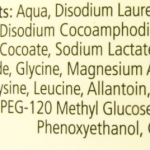
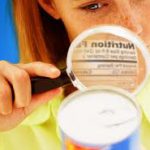
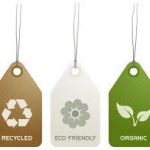
© 2016 – 2017, Tes. All rights reserved.
Interesting, I’d never thought of making my own soap before. This method seems very easy, a great way to make personalized gifts for people.
Just one thing I noticed in one of you headings word order could be improved from ‘How Melt and Pour Soap is Make’ perhaps How to make Melt and Pour Soap’ or How Melt and Pour Soap is Made’
Sorry my inner grammar geek got the better of me.
Jenny
Thanks for pointing out my spelling error. Much appreciated.
Quite creative article on making natural soap, most people including myself does not often consider making natural healthy soap today.
I am big into natural products as much as possible, I have improved my own health dramatically though going with more natural diet and lifestyle.
I find making my own natural soap very interesting, this has given me something new to consider adding to my natural lifestyle.
Thank You
Your welcome, making your own soap let’s you know what is in it and you can pick the oils you prefer. A natural diet and lifestyle are also so important for our skin and health care. Thanks for stopping by my website and leaving a comment.